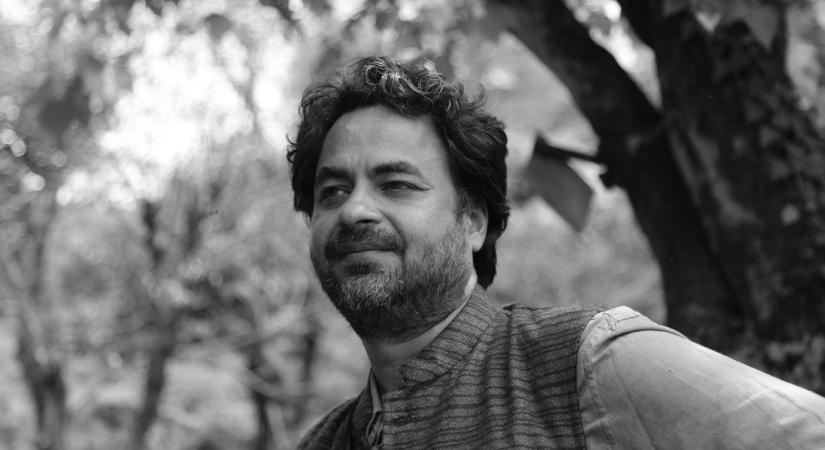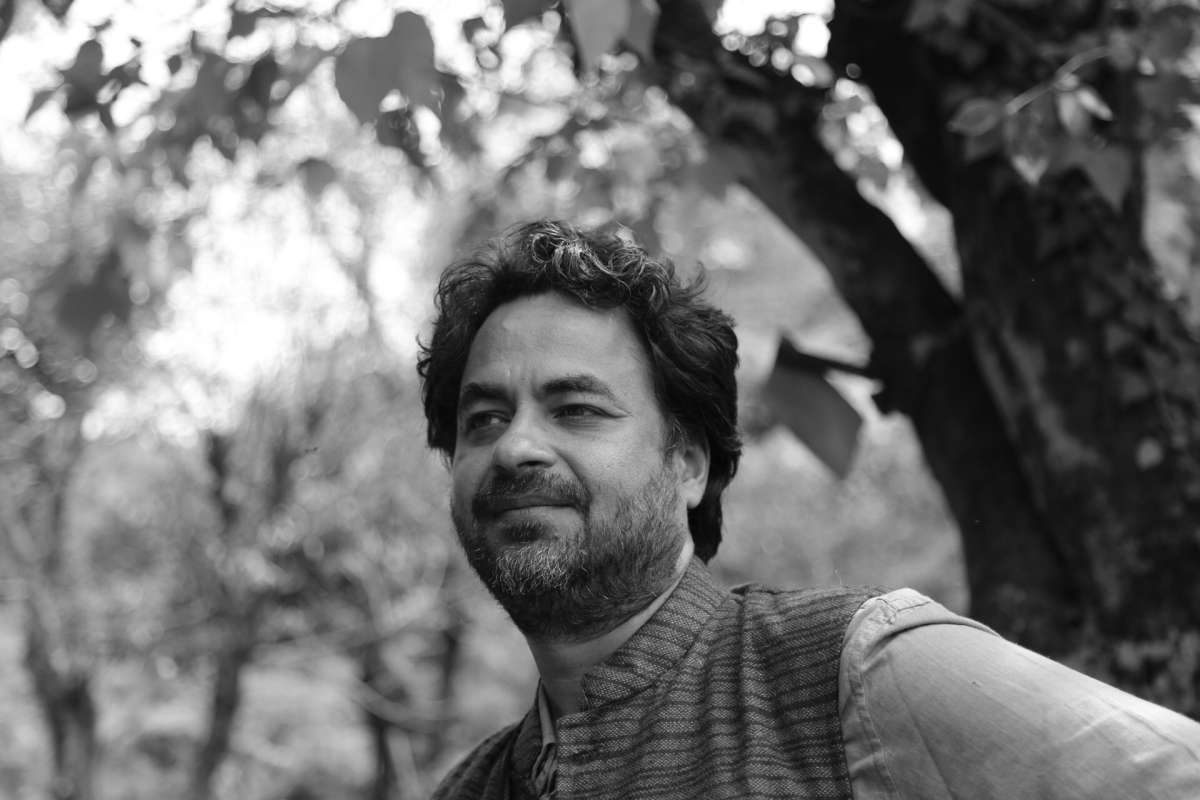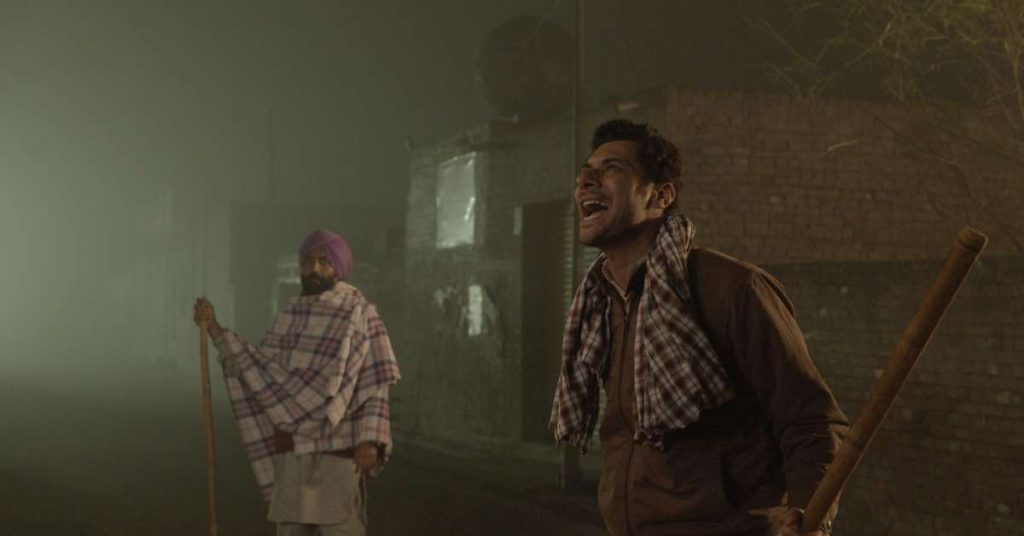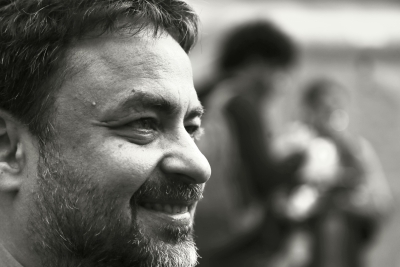The series will dwell upon how Bhagat Singh and his comrades ‘used’ the trial to amplify their ideas of independence…writes Sukant Deepak
Best known for his Punjabi films ‘Anhe Ghore Da Daan’ and ‘Chauthi Koot’ which premiered at the Venice and Cannes Film Festivals respectively, filmmaker Gurvinder Singh is all set to make a web series on revolutionary Bhagat Singh.
Stressing that he is still relevant and will continue to remain so, Singh tells IANS, “The revolutionary’s character has always fascinated me owing to the multiple layers he boasted of. Not many people have explored him completely. Yes, he was a revolutionary but also had a great sense of humour.”
The series will dwell upon how Bhagat Singh and his comrades ‘used’ the trial to amplify their ideas of independence.
While many other films have been made on Bhagat Singh, including ‘The Legend of Bhagat Singh’, the filmmaker points out that in most films, the narrative was very linear.
“Not one spelt that he was an atheist,” says this Film and Television Institute of India (FTII) pass-out.
Adding that the movie will also put a spotlight on other women revolutionaries, the project will be produced by former NFDC MD Nina Lath, and the project is now in the CibeVesture International Film Festival Market for investors.
Talk to him about the research that has undergone in the project, and Singh stresses, “We have paid immense attention to that. We have access to some of the finest researchers who have done a very detailed job, and have been working on Bhagat Singh for years now.”
The director asserts that he intentionally wants to adopt the web series format and not make a movie on the subject.
“I want the canvas to be extremely wide so that different facets of the revolutionary can be captured. One cannot do justice to such a subject in a feature film.”
Optimistic that the series is bound to attract OTT channels, “A major series on Mahatma Gandhi has just been made. I am sure if they are interested in Gandhi, Bhagat Singh will hold a special fascination,” says the filmmaker, who travelled extensively through Punjab between 2002 and 2006, living and travelling with folk itinerants, documenting folk ballads and oral narratives that led to his first documentary ‘Pala’.
Singh, whose latest feature film ‘Adh Chanani Raat’ is being screened at the debut edition of the CineVesture International Film Festival (CIFF) being held in Chandigarh, says, “This film was released during the pandemic. So it was mostly shown online by different international festivals, and in some ways got ‘lost’. There is an interest in it now. But it is up to the producers to push it.”
Someone who documented the farmer’s protest and made the documentary ‘Trolley Times’ that was screened during the latest edition of MAMI, adds, “There are several projects which I would like to attempt, but financing is a major problem.”
One wonders if an internationally acclaimed independent filmmaker still faces a problem getting funds, and he smiles, “I have resigned to the fact that the situation will always be like this, so no frustration now.”




